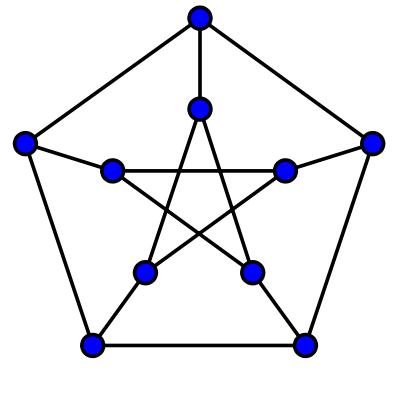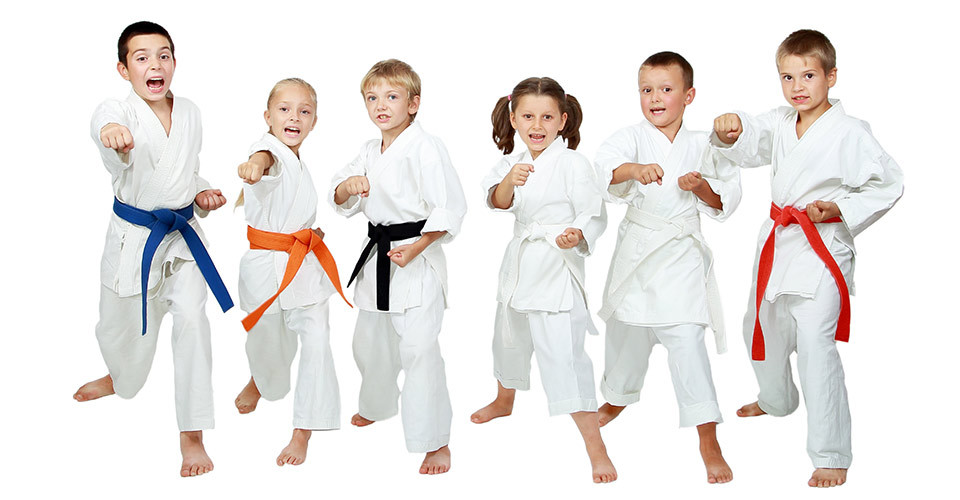class: center, middle, title-slide count: false # A short introduction to Graph Neural Networks <br/><br/> .bold[Marc Lelarge] --- # Motivation - How to deal with structured data like graphs - Examples of tasks: - link prediction, node classification. Dataset = one large graph - graph classification. Dataset = many small graphs (molecules, ego networks...) -- count: false - Idea: build a dense representation of the nodes/graph using message passing on edges. -- count: false - This is not new! Think for example of Pagerank... -- count: false - ... but here we will learn the message passing function! --- # Warning: graphs are not images! Result of seeing an image where nodes are pixels and where we replace the grid by the complete graph: .center.width-80[] -- count: false Extending the ideas of convolution is not completely straightforward. --- # Graph Neural Networks - start with initial node features $h_v^{(0)}$ for $v\in G$. - after $k$ iterations, a node's representation captures the structural information within $k$-hop network neighborhood by: $$ h_v^{(k)} = \phi\left(h_v^{(k-1)}, f \left( h_u^{(k-1)}, u\in\mathcal{N}(v) \right) \right), $$ where: - $f$ is called the aggregate function and is **permutation invariant** - $\phi$ is the combine funtion. --- # Representations used for prediction - For node classification, the node representationh $h_v^{(K)}$ of the final iteration is used for prediction. - For graph classification, we add a $\text{READOUT}$ function such that prediction is made tanks to $$ h_G = \text{READOUT}\left( h_v^{(K)}, v\in G\right), $$ where $\text{READOUT}$ is **permutation invariant** -- count: false ### Property: 2 isomorphic graphs will have the same representation. --- # Learning procedure The functions $\phi$, $f$ and $\text{READOUT}$ are parametrized by neural networks (with the constraint of being permutation invariant for $f$ and $\text{READOUT}$). For a given task, a loss is defined and the parameters of the functions $\phi$, $f$ and $\text{READOUT}$ are learned with a standard stochastic gradient procedure. -- count: false ### Example: Graph Convolutional Networks $$ h_v^{(k)} = \text{ReLU}\left( W \cdot \text{MEAN}\left( h_u^{(k-1)}, u\in\mathcal{N}(v)\cup {v}\right)\right) $$ .citation[ [Thomas Kipf and Max Welling. Semi-supervised classification with graph convolutional networks. ICLR 2017](https://arxiv.org/abs/1609.02907)] --- ## Implementation with [DGL](https://docs.dgl.ai/en/latest/index.html) .center.width-20[] You can create a DGL graph from networkx: ``` import networkx as nx import dgl g_nx = nx.petersen_graph() g_dgl = dgl.DGLGraph(g_nx) import torch g.ndata['h'] = torch.randn(10,3) # assign one 3D vector to each node ``` --- ## Convolutional layer ``` import torch.nn as nn # Define the message & reduce function def gcn_message(edges): # The argument is a batch of edges. # This computes a (batch of) message called 'msg' using the source node's feature 'h'. return {'msg' : edges.src['h']} def gcn_reduce(nodes): # The argument is a batch of nodes. # This computes the new 'h' features by summing received 'msg' in each node's mailbox. return {'h' : torch.sum(nodes.mailbox['msg'], dim=1)} # Define the GCNLayer module class GCNLayer(nn.Module): def __init__(self, in_feats, out_feats): super(GCNLayer, self).__init__() self.linear = nn.Linear(in_feats, out_feats) def forward(self, g, inputs): # g is the graph and the inputs is the input node features # first set the node features g.ndata['h'] = inputs # trigger message passing on all edges g.send(g.edges(), gcn_message) # trigger aggregation at all nodes g.recv(g.nodes(), gcn_reduce) # get the result node features h = g.ndata.pop('h') # perform linear transformation return self.linear(h) ``` --- ## A 2-layer Graph Convolutional Network for node classification ``` # Define a 2-layer GCN model class GCN(nn.Module): def __init__(self, in_feats, hidden_size, num_classes): super(GCN, self).__init__() self.gcn1 = GCNLayer(in_feats, hidden_size) self.gcn2 = GCNLayer(hidden_size, num_classes) def forward(self, g, inputs): h = self.gcn1(g, inputs) h = torch.relu(h) h = self.gcn2(g, h) return h # The first layer transforms input features of size of 34 to a hidden size of 5. # The second layer transforms the hidden layer and produces output features of # size 2, corresponding to the two groups. net = GCN(34, 5, 2) ``` --- ## Semi-supervised learning for the karate club .center.width-70[] --- ## Semi-supervised learning for the karate club .center.width-20[] ``` inputs = torch.eye(34) # one-hot vectors to initialize the node features labeled_nodes = torch.tensor([0, 33]) # only the instructor and the president nodes are labeled labels = torch.tensor([0, 1]) # their labels are different optimizer = torch.optim.Adam(net.parameters(), lr=0.01) all_logits = [] for epoch in range(30): logits = net(G, inputs) logp = F.log_softmax(logits, 1) # we only compute loss for labeled nodes loss = F.nll_loss(logp[labeled_nodes], labels) optimizer.zero_grad() loss.backward() optimizer.step() print('Epoch %d | Loss: %.4f' % (epoch, loss.item())) ``` --- ## Results .center[ <img src="images/karate.gif" width="80%" /> ] .citation[source: Tutorial [DGL at a Glance](https://docs.dgl.ai/en/latest/tutorials/basics/1_first.html)] --- class: end-slide, center count: false The end.